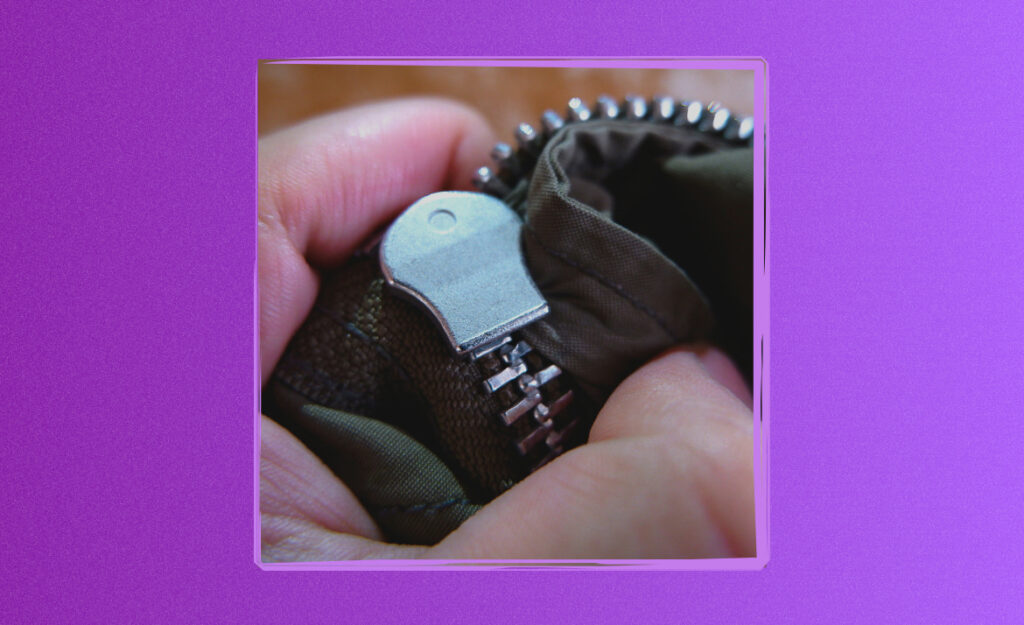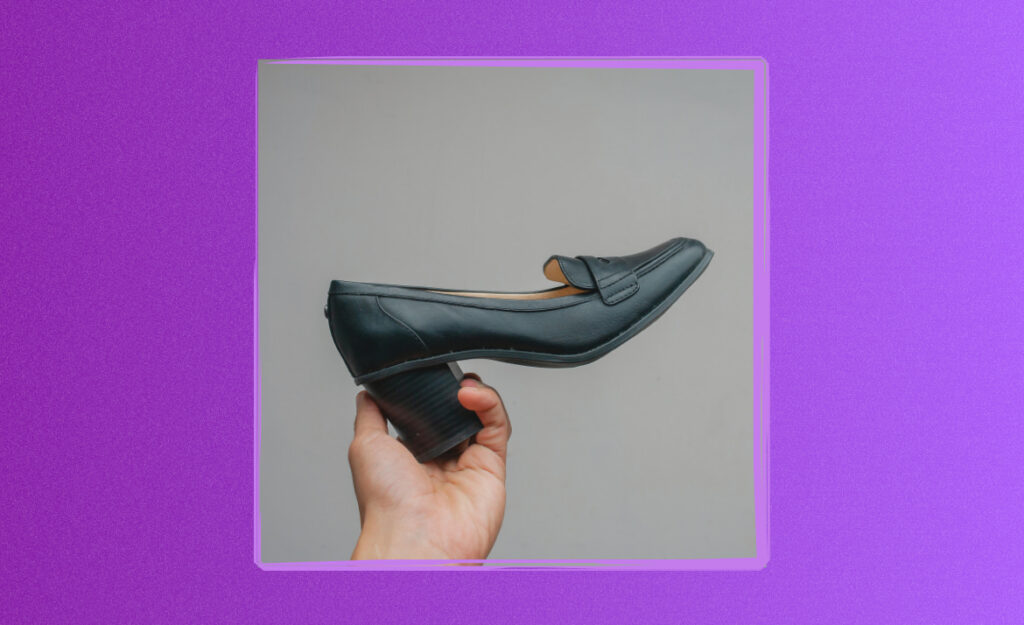
Losing your keys is uniquely frustrating—it turns an ordinary moment into a personal scavenger hunt. At the exact moment you need out the door, the urge to find lost keys rises fast as your patience dries up.
Keys slip away during life’s busy shuffle, and their absence derails plans in an instant. Misplacing them causes stress, impacts schedules, and can even heighten safety worries if they’re truly gone.
Below you’ll discover practical, step-by-step tactics. You’ll also find behavioral tweaks and a clever trick for when “retracing your steps” isn’t enough. Let’s turn lost into found—without panic, wasted time, or helplessness.

Battery Life Hacks to Keep You Connected All Day Long
Learn proven tips, daily routines, and smart accessories to help you stay powered the whole day, every day.Pinpoint Your Key Loss With Micro-Zoning
Kickstart your search by dividing home or workspace into micro-zones. This sharply increases your odds to find lost keys, since you’ll target smaller areas with purpose rather than wandering aimlessly.
Micro-zoning means scanning defined sections: kitchen counter, jacket rack, entryway bench, coffee table. Instead of scanning a whole room, attention narrows to single zones—minimizing overwhelm.
Chunking Down the Chaos
When feeling scattered, say aloud: “I’ll search the sofa area for sixty seconds, then move on.” This chunking method makes searching less stressful and keeps frustration low.
After the sofa, stand and declare the next micro-zone. For example: “Next is the shoe rack, just one minute.” Out loud cues anchor focus and stop distraction loops.
Repeat these micro-zone verbal cues as needed, adjusting timing based on urgency. Commit to finishing each spot thoroughly before moving to another. This sequence turns mental chaos into organized progress.
Outsmarting Mental Blind Spots
Avoid scanning each zone in autopilot mode. Stand in a new position, maybe even kneel, and literally see the space from a different angle. Your brain catches items missed by habit-based searching.
If stress crowds your memory, use an external tool: jot down each completed zone or snap a photo. This removes second-guessing (“Did I check here?”) from your process.
Pause briefly between zones, take a slow breath, and mentally acknowledge completion. This builds momentum instead of spiraling into repeat searching of the same area.
| Zone Idea | Time Needed | Chance of Success | Next Action |
|---|---|---|---|
| Kitchen counter | 1 min | High | Clear dishes, check under mail |
| Entry bench | 2 min | Medium | Lift bags, open drawers |
| Shoe rack | 1 min | Medium | Tap each shoe, look behind |
| Couch cushions | 2 min | High | Remove cushions, feel crevices |
| Bathroom shelf | 45 sec | Low | Quick scan, move to next zone |
Reconstruct Movements With Reverse Mapping
Sharpen recall by narrating your last several actions in reverse order. Describing movements aloud helps reinsert lost details into memory, improving your chances to find lost keys—especially under stress.
Instead of only replaying morning routines mentally, slow everything down: feet, hands, objects touched. Visual cues jump out when you revisit forgotten actions out loud and in real time, not just in your head.
Storytelling for Key Recall
Create a slow, internal narration—imagine explaining your morning sequence for a friend: “I set the mug down, answered a text, then dropped my jacket.” Details surface more clearly in story format than passive remembering.
- Say what you did with each hand, not just where you walked. This uncovers tiny actions—like pocketing keys unconsciously or setting them on a shelf.
- Inject sensory recall: was your hand cold from holding keys? Was there a sound when keys hit a surface? Catching these physical and sensory cues sharpens recall.
- Read your body posture at each remembered location—for instance, “When I bent to pet the dog, my pocket jingled.” Body shifts reveal hidden key moments.
- Repeat this story twice, slowing it down each round. Slower narration lets overlooked micro-actions come to light.
- Revisit places with high odds for key drops—entryway, bathroom sink, or car seat. Confirm with a focused glance rather than a panicked sweep.
Complete this exercise before combing broader areas. This way, memory cues target your efforts instead of pure guesswork, boosting the odds to quickly find lost keys.
Building Memory Trails
Draw a fast map on paper, tracing line segments for each step before the keys disappeared. This process makes your routine visible and interrupts looping panic.
- Begin with the last place you felt the keys in hand—create a dot on the paper for that moment.
- Connect that dot to the next: your bag, kitchen, or car. Label each spot with action verbs (“dropped,” “grabbed,” “set down”).
- Look for any segment where you interacted with unfamiliar objects—a jacket you don’t normally wear, a box, even a stack of mail.
- Circle zones with the most “action” on your path—places where routines shifted or distractions occurred.
- Revisit only these priority zones as a next step, minimizing time lost rechecking low-probability spots.
Use doodles, words, or arrows—whatever feels comfortable. The act of outlining breaks memory blocks so you can find lost keys methodically.
Optimize Light and Noise Conditions for Targeted Searching
Start your search with the right lighting and minimal background noise. Controlled environments let your senses pick up tiny clues, like a glint of metal or a muffled key jingle, which directly improves search outcomes.
Brighten your search zone by opening curtains or switching on overhead lights. This exposure reveals keys camouflaged on cluttered surfaces or hiding behind objects typically missed in dim settings.
Zeroing in With Light Tricks
Sweep a flashlight along shelves or under furniture even in broad daylight. The beam highlights metal outlines, making them stand out against dark or messy backgrounds.
Angle the light dramatically, letting shadows form around nearby objects. This accentuates key shapes and immediately calls attention to anything out of place.
If using a phone flashlight, move slowly, pausing at every odd shadow or shine rather than racing through the routine. The slower scan doubles the chance you’ll notice hidden keys.
Cutting Out Distractions Before You Begin
Switch the phone to silent, pause music, and close unnecessary doors. Lowering noise helps you detect those faint metallic sounds when nudging objects during a search.
Announce to others, “I need a quiet two minutes, searching for keys.” This sets boundaries, reducing interruptions and keeping your process direct and focused.
If searchers are present, assign one to listen for subtle sounds while another lifts and searches. This split duties approach combines auditory and visual strengths for better results.
Assign Permanent Key Resting Places and Reinforce With Visual Triggers
Guarantee faster results by creating and using consistent drop zones for your keys. By forming a habit of placing keys in the same area, you dramatically shrink future searches.
Attach highly visible or tactile objects—like a bright keychain or silicone fob—as visual triggers. This change makes your keys stand out and cues memory in a sea of everyday clutter.
Habit Stacking for Instant Retrieval
Pair your “key drop” behavior with an existing habit. For instance, set keys in a bowl immediately after taking off your coat, each time, without exception.
The rhythm of pairing old and new behaviors makes the drop-off automatic, as the new action piggybacks on reliable muscle memory. Place the key bowl by the coat rack or shoe tray for instant recall.
If you switch bags or jackets frequently, stick a removable visual marker on your key spot—it serves as an automatic reminder to check there before leaving.
Leveraging Contrast and Texture
Choose containers that sharply contrast your keys’ color. A white tray for dark keys or a bright fabric pouch for metallic sets immediately draws the eye.
Place keys on textured surfaces—like felt or woven mats—so the difference in feel helps you locate keys even if your vision is blocked or you’re searching by touch.
Move bowls or trays to a slightly new spot every few weeks. This refreshes the visual-tactile cue, keeping routines sharp and avoiding “blindness” from over-familiarity.
Engage the “Missing Item Script” for Group Searches
Organize group searches by using a quick, verbal “missing item script.” This process keeps helpers coordinated and efficient, so more ground gets searched in less time.
State the lost item and its importance, assigning quick roles: “You take the living room. You check the car. I’ll do the kitchen.” This prevents duplicate searching or missed zones.
Clarifying Communication
After delegating, check in every two minutes. Pause group activity, then ask, “Did anyone find anything that could be a clue?” Frequent routines build energy and avoid aimless, silent searching.
Share key findings out loud, even if they’re not keys—like a receipt from a pocket or a loose button. These “clue items” indicate possible key drop zones or recent distractions.
End search rounds decisively, with a group agreement: “Let’s pause for sixty seconds and brainstorm one last place each.” This resets momentum without giving up too soon.
Scripts for Keeping Morale Up
Use light humor or code words to cut tension—like calling the hunt “Operation Key Rescue.” Naming lifts spirits, refocuses energy, and acknowledges frustration without letting it rule the search.
Replay last group moments as a story, as in: “Right after pizza, keys were definitely here.” Narrating common experiences can shake loose specific memory details for each helper.
Offer closure: after a set time, agree to pause and regroup before the next search attempt. This creates boundaries and reduces guilty feelings about taking breaks.
Fine-Tune Future Key Security With Technology and Self-Awareness
Increase long-term security by pairing sound or visual triggers with your key routine. Small gadgets, like key finders using Bluetooth, add insurance, especially for those seeking to find lost keys repeatedly.
Track your own habits—do you lose keys on work-from-home days, after travel, or while juggling bags? Recognizing patterns helps you proactively decide where to store and check keys daily.
Evaluating Key Finder Tools
Test tracker devices for volume, range, battery life, and attachment. Place a tracker on your primary ring and simulate a search before you need it for real. Familiarity pays dividends in emergencies.
Schedule monthly checks: swap batteries and re-pair devices. Document (in your phone notes) the tracker signal strength in various rooms to overcome false dead zones.
Keep at least one analog backup—like a large, noisy fob or reflective tape—on the ring. Technology works best when paired with an unmistakable manual trigger.
Tuning Personal Hotspots
Audit weekly: note every time you need to find lost keys. Look for recurring places and times. For example, if mornings before school are a trigger point, double-check your key drop each night.
Ask family or roommates if patterns emerge—sometimes others witness routines turning into “blind spots.” Listening to their perspective brings new solutions into play.
Set recurring reminders during high-risk moments, like coming home loaded with groceries. Voice assistants or sticky notes prompt you to execute the established drop routine without fail.
Turn Good Habits Into Automatic Success
To wrap up, making smart behavioral tweaks lets you routinely find lost keys without panic. Use micro-zoning, storytelling, lighting, or technology as needed, customizing your approach to fit your daily reality.
Your environment and routines shape how reliably you can track your essentials, from keys to wallets and beyond. Steady, repeated habits transform scattered searching into nearly automatic recall over time.
Start today: choose one new tactic and practice it ahead of time. A little preparation now ensures that the next time keys go missing, you’re ready—no scramble, no stress, just fast, reliable results.
Frequently Asked Questions
What is the fastest way to find lost keys in a messy home?
Start with micro-zoning by sectioning the house and checking one small area at a time. Use a flashlight to look under and behind objects, and narrate your recent actions aloud as you search. This targeted method doubles your odds of success.
Can a Bluetooth tracker help if I misplace keys at work or school?
Yes. Bluetooth trackers with loud volume and strong signal can lead you directly to where keys are lost, even in noisy or crowded places. Test range and alert before you need it in an emergency, and check battery life monthly.
Should I involve others when I’ve lost my keys?
Organizing a group search is smart for larger spaces. Assign clear zones, communicate findings regularly, and cap each search round. Fresh perspectives sharpen results, but designate a leader to keep the hunt structured and positive.
How do I create a habit of never losing keys again?
Choose a single ‘resting spot’ for your keys near the main exit, such as a bowl or hook. Attach a visual trigger to your keyring and use reminders or habit stacking to reinforce the action every day.
What if lost keys aren’t found within an hour?
Pause, review your memory map, and revisit only high-probability zones with focused attention and proper lighting. If still missing, change perspective—search pockets, bags, or car seats again after a short mental reset. Stay calm; rushing clouds observation.



